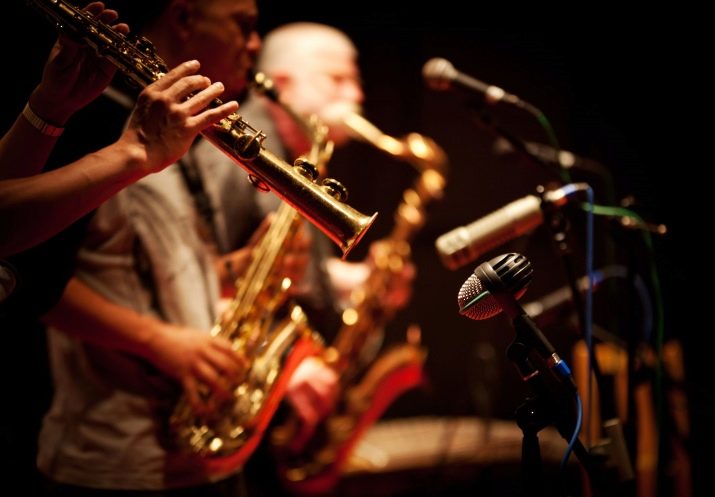What is an oboe and how is it used?
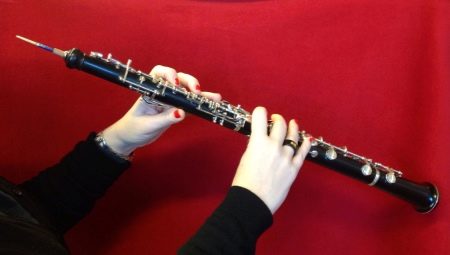
Many people have only a vague idea of what it is - an oboe, what it looks like and how it is used, how it differs from a clarinet. And the sound of the oboe, its history and other nuances are again little known to the general public.
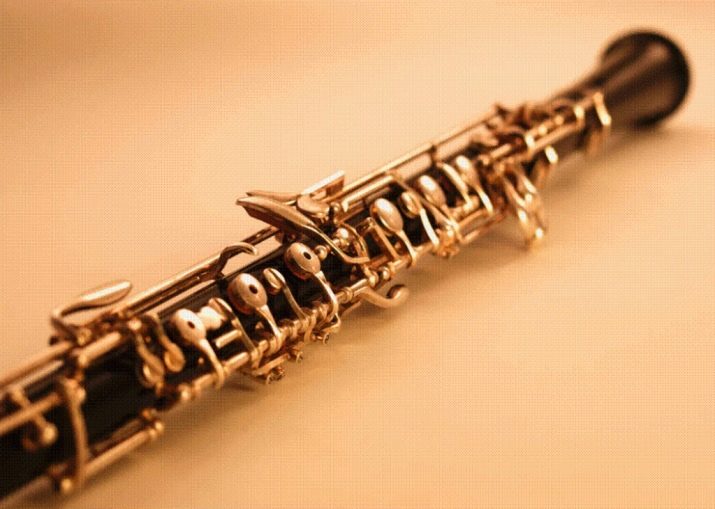
What it is?
The oboe stands out even against the background of other woodwind musical instruments. It belongs to their lingual subgroup. The soprano register immediately attracts the attention of the listeners.
Modern oboes have been made since the 18th century. The timbre is melodious, but at the same time a little nasal. The tube looks more like a cone.
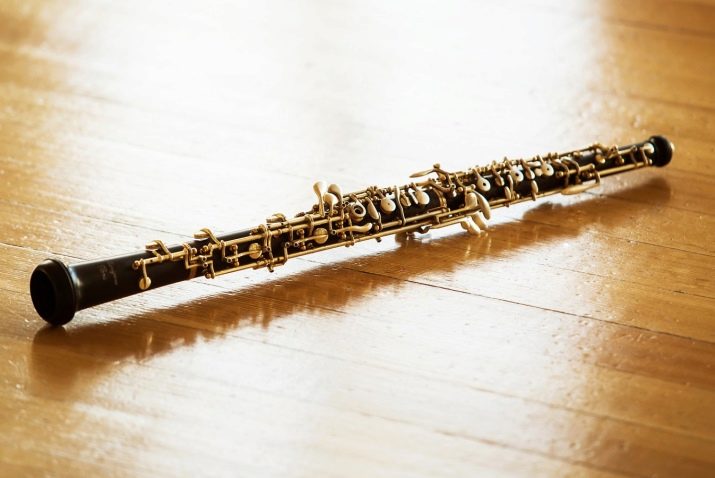
The oboe repertoire is mainly composed of music from the Baroque and Classical eras. The earliest known examples are made from cane, and in Asian countries, bamboo was its replacement. This approach is still practiced by some amateur craftsmen. In the 19th century, ebony-based products became more common - otherwise it was not possible to provide strength when adding new valves.
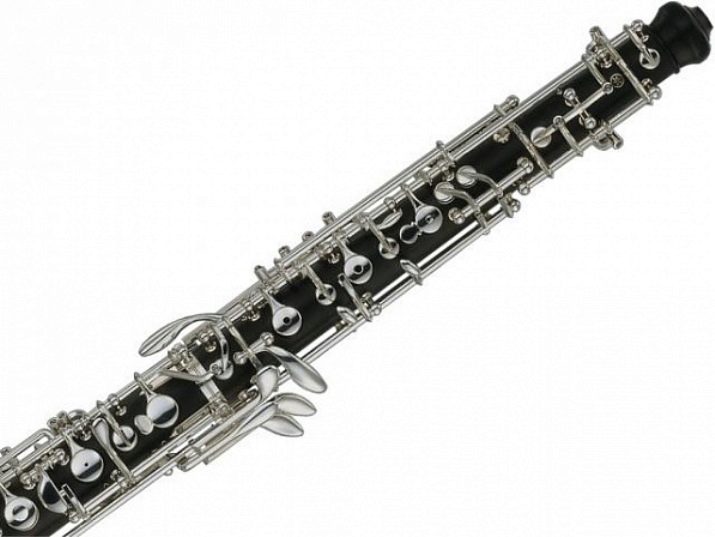
The oboes have a different system. That is why, getting used to the sound of one version of the instrument, they often encounter the amazing sound of other types. Main components:
-
frame;
-
cane;
-
holes with valves;
-
bolts;
-
springs and other details.
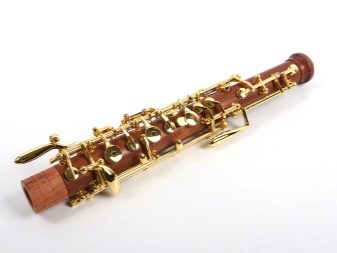
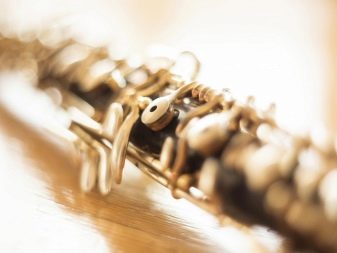
History
The oboe can rightfully be considered both an ancient and a modern instrument. The musicians of Ancient Egypt and ancient Greek city-states have already played on its early counterparts. They were also used in the ancient Roman period. However, then it was extremely difficult to ensure the unity of performance, and there was no question of any standard. Even no information about the device of the reeds has survived.
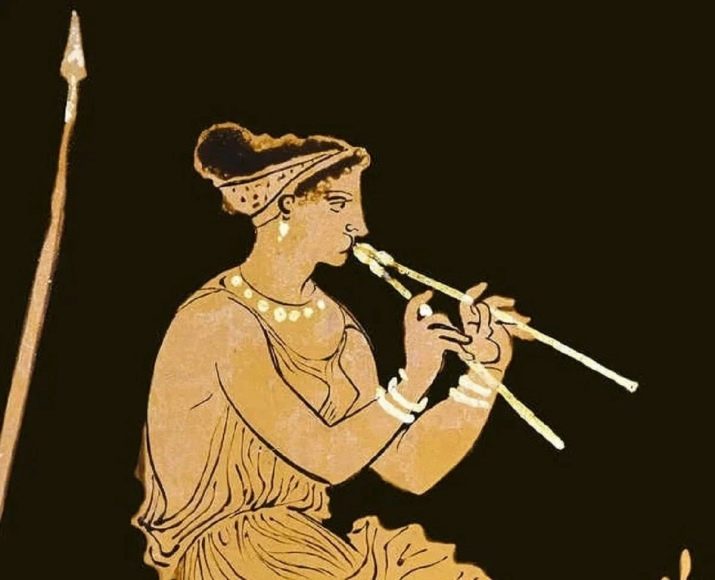
During the early Middle Ages, no one really cares about music. However, in the XII century, images of the oboe are found more and more often, and this already allows us to judge the modification of such an instrument. In the High Middle Ages, these instruments made up whole ensembles.
Several centuries later, the oboe sounds everywhere: both at royal courts and at city holidays.
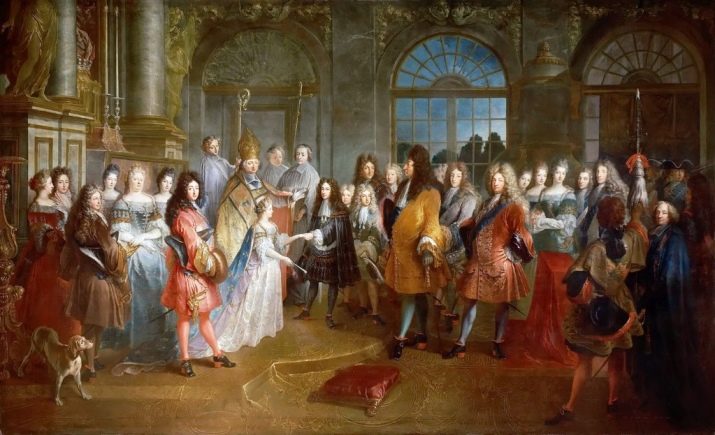
The classic period of the oboe is considered to be 1750 - until the end of the Napoleonic wars. The fingering was then significantly simplified, and the sound range was expanded. Despite the technical changes, the shape of the structure was not changed. The real breakthrough was made thanks to Theobald Boehm, or rather, because of the annular design of valves that he developed, which could now close several holes. Even musicians with relatively short fingers were able to play very gracefully and effectively.
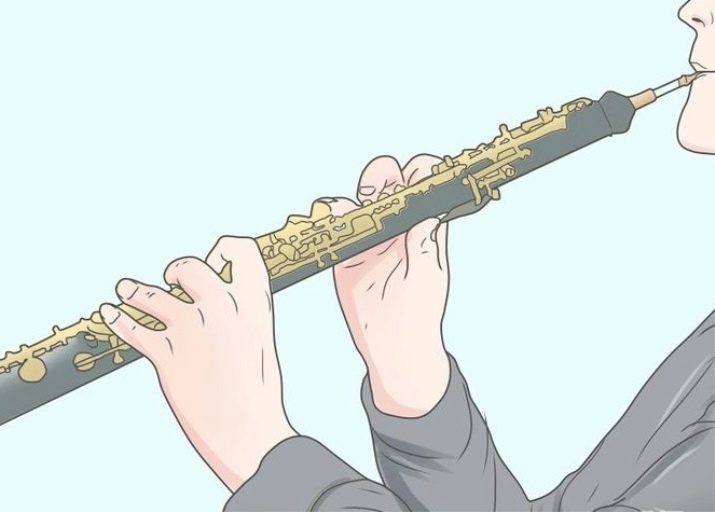
But on a traditional oboe structure, this technical solution was not applicable. It had to be improved further, and the Trieber family took a key step. True, the valves themselves needed to be slightly modified.
The modern oboe is mainly used as a solo instrument.
Even the technologies of the XXI century cannot create such a wonderful thing, and it will be out of competition for a long time.
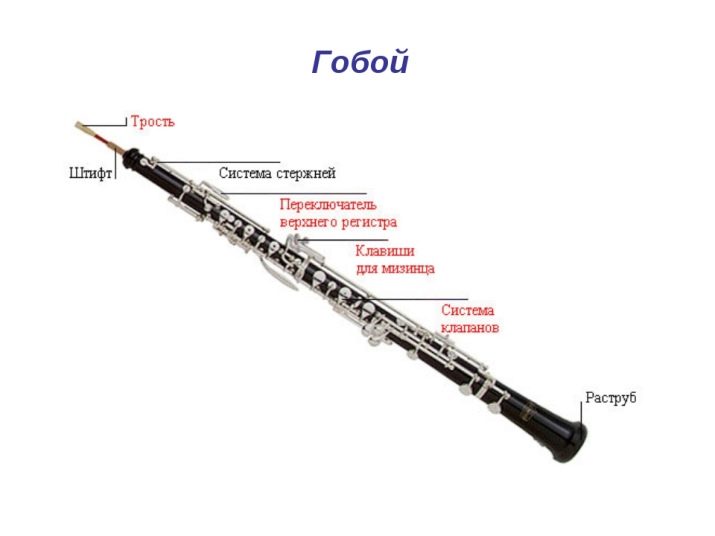
How is it different from a clarinet?
It should be emphasized right away that both of them are wind instruments, and both are made of wood. There are visual and musical similarities between the two, but there is also a significant difference. The oboes have a double cane with a cone-shaped opening. Clarinets have only one cane, the hole is shaped like a cylinder. The oboe contains:
-
hinges (located above and below);
-
bell;
-
cane.
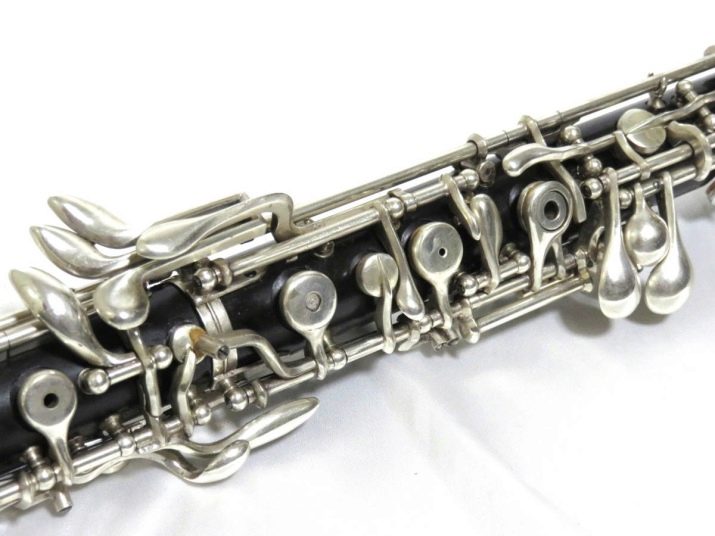
Its pipe at the end is substantially larger than at the beginning. This configuration allows you to achieve purity and shrill sound. The clarinet can be carried. Another difference is that the oboe is used in ordinary orchestras and in chamber performances, it is used to sound films.
The clarinet is more often used in military ceremonial and marching bands, for jazz performance.
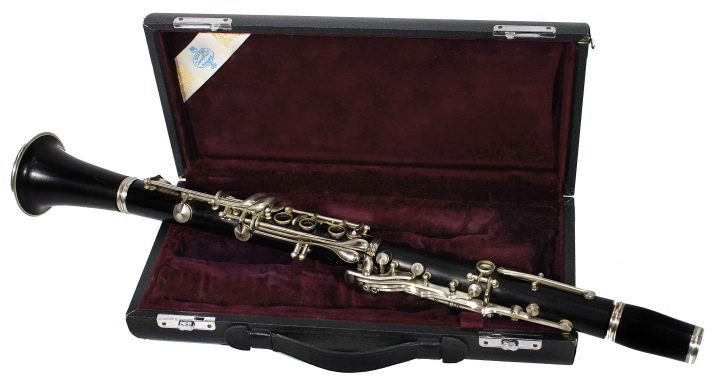
Sound features
It is difficult to find people who do not know how a violin or piano, guitar or trumpet sounds. But how the oboe plays is much more difficult to determine. What is interesting for musicians is that it is "correctly configured" by default, and you don't have to do anything else - just play. It is quite easy for knowledgeable people to recognize the timbre of the instrument. It produces a high-pitched, excellent sound.
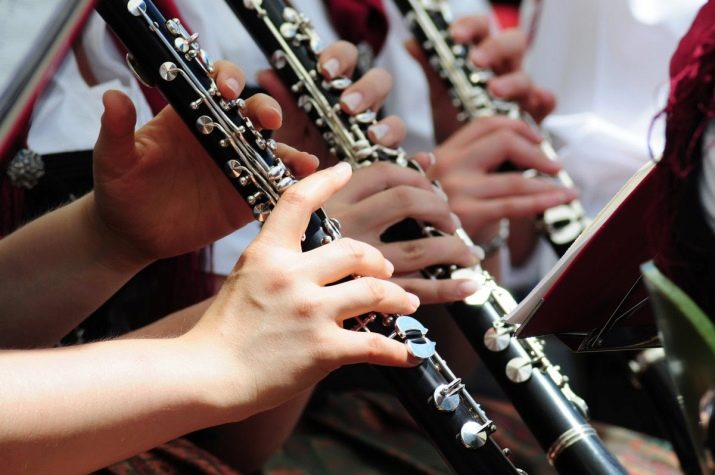
The sound is warm and rich. In the entire range, some "nasal" is noted. Some believe that the oboe plays in much the same way as the shepherd's pipe. A special kind of instrument designed for bass reproduction. Usually, the oboe plays from B flat in a small octave to the note A in the 3rd octave.
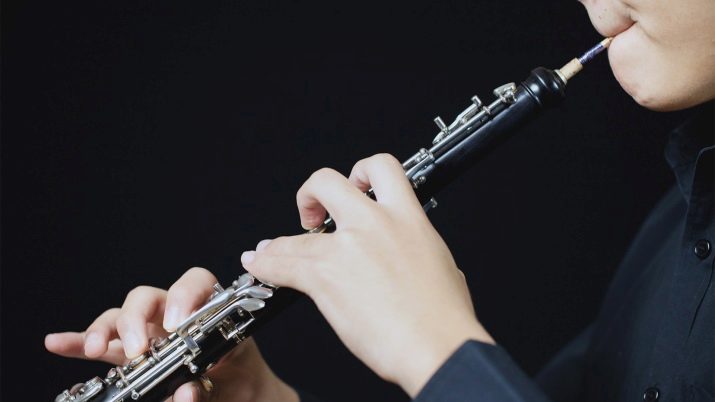
Families overview
Modern
This group includes the following varieties:
-
musette;
-
alto oboe (sometimes referred to as the English horn);
-
baritone instrument;
-
classic type of oboe;
-
oboe d'Amour in A.
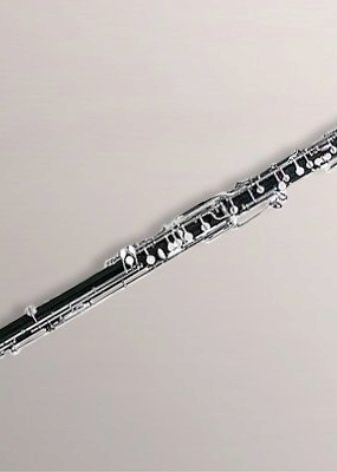
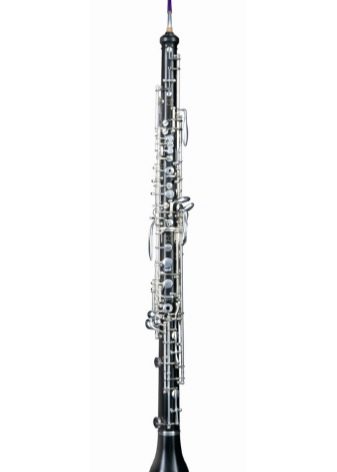
Musette - aka piccolo - has unusual tone characteristics. This is a fairly small and at the same time equipped with the tallest tool in the group; of course, it will be equipped with a traditional double cane. Separate works are still written for him and even used in concerts of conservatories.
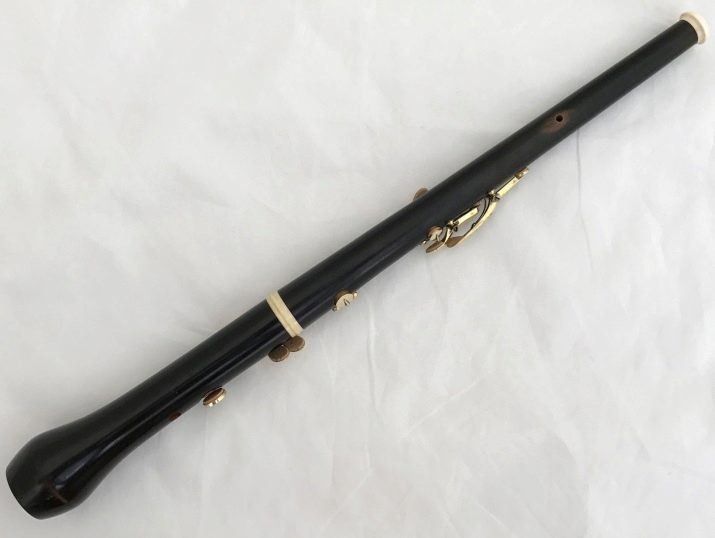
As for the English horns, this is not such an old instrument. It has been reliably established that it was created around 1720. But the alto oboes acquired their modern appearance only in the 1830s. It was then that the direct configuration so characteristic of them appeared. The fingering is the same as for a simple instrument. However, the design features make it sound a whole fifth lower. Basically, notation for English horns is written in the alto key; the well-known Sergei Prokofiev adhered to this very approach.
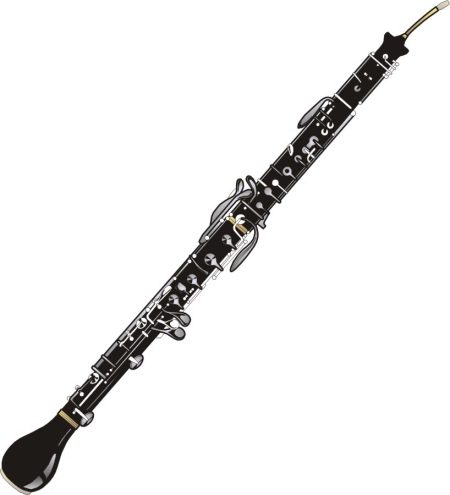
Baroque
The baroque group includes the following types:
-
the actual baroque instrument;
-
baroque oboe d'Amour;
-
hunting (or, in a foreign manner, yes kachcha).
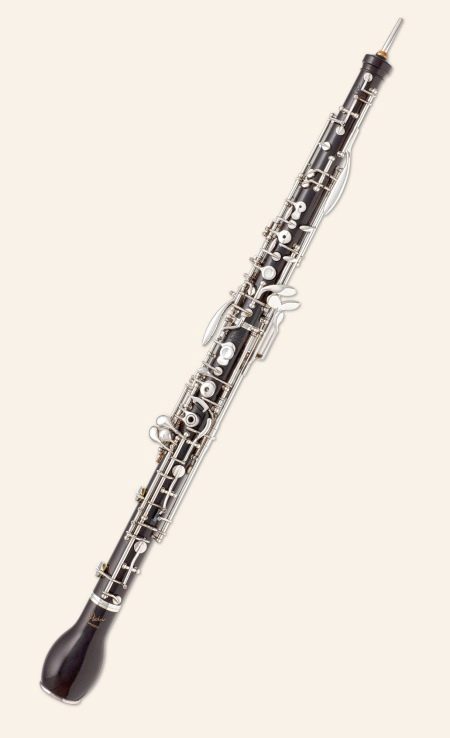
In Russia, such varieties of oboe are also relatively widely used (in the genre of authentic performance). They got their name because they were one of the main orchestral instruments in the Baroque era. In the first half of the 18th century, any outstanding composer considered it his duty to write oboe music. This gave him the opportunity to express his motives and moods. True, the complexity of the execution is quite large, therefore, modern versions are much more often used.
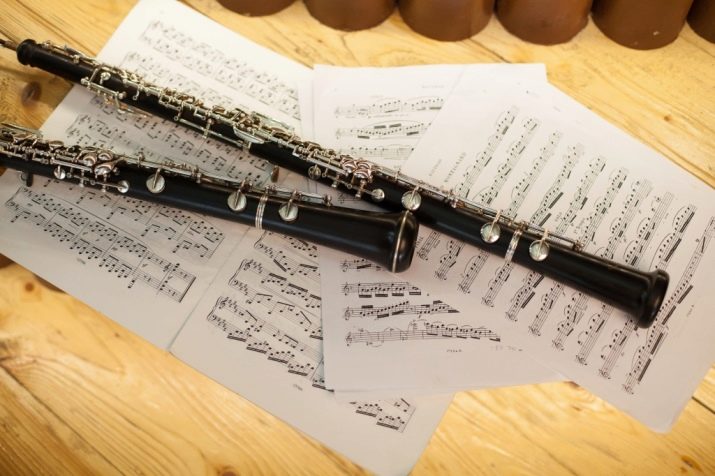
You need to pay attention to specific brands.
Popular manufacturers
Products are in demand firm "Marigot"... It has a soft sound and comfortable reeds. True, such oboes are rather heavy and are not very suitable for prolonged play. Also, there is a stable demand for tools:
-
Loree;
-
Rigautat;
-
Yamaha;
-
Fossati;
-
Patricola.
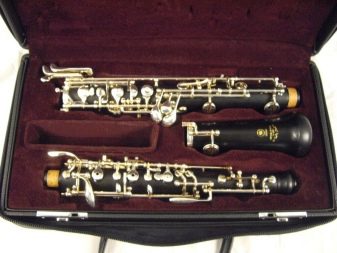
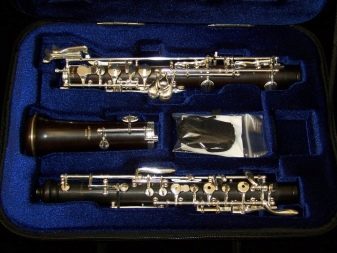
You should pay attention to the following options:
-
Buffet (excluding student models);
-
Irds-2011;
-
Cabart 74;
-
Howarth;
-
Graessel.
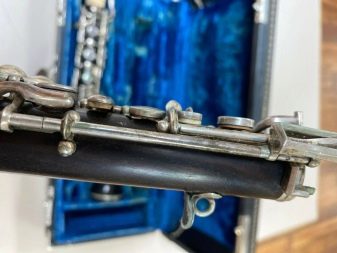
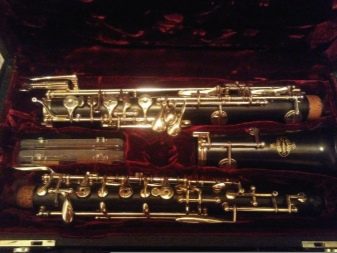
Use in music
Among the works of the 18th century, the oboe is used:
-
in sonatas and concerts by Antonio Vivaldi;
-
many works of Handel and Telemann;
-
solo episodes of the most diverse works of classical music.
The classical period was marked, first of all, by the work of Mozart. Connoisseurs also appreciate Haydn's C-dur concert. The trio for a pair of oboes and an English horn was written by Beethoven.
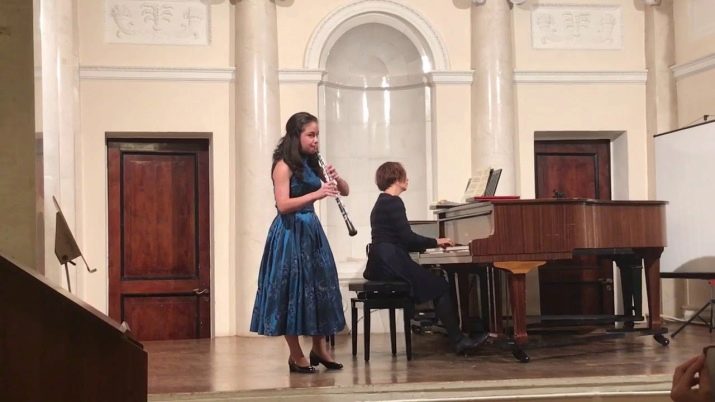
In the 19th century, the advent of the era of romantic music reduced the popularity of the oboe. But still, then many outstanding composers wrote for him:
-
Bellini;
-
Schumann;
-
Wagner;
-
Tchaikovsky;
-
Berlioz;
-
Kalinnikov.
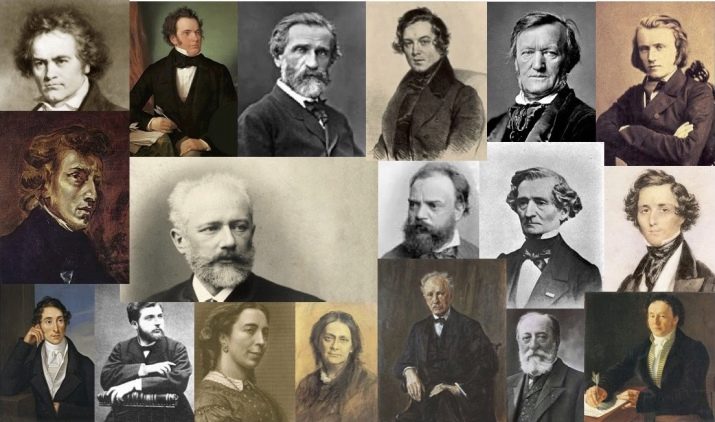
In the last century, oboe music was written by:
-
Sibelius;
-
Saint-Saens;
-
Strauss;
-
Gavrilin;
-
Penderecki;
-
Fernyhough and many other composers.
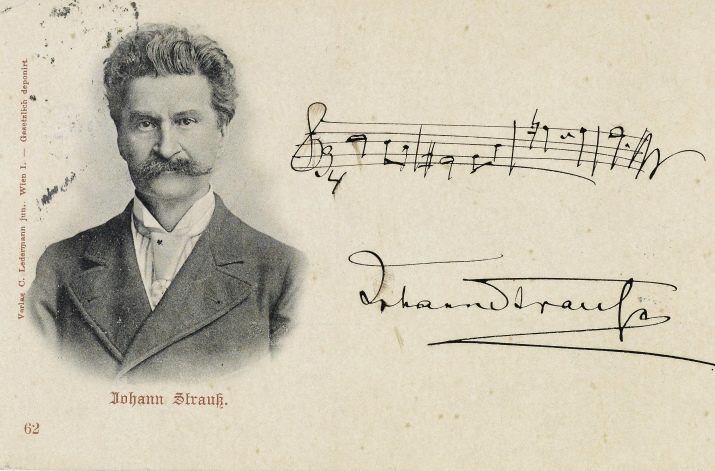
Symphony orchestras include mainly 2-3 oboes. One of them is entrusted with the functions of d'Amour's English horns and oboes. The oboe piccolo is used in its pure form, but only in isolated cases, a striking example of this is the Second Concerto of Bruno Maderno. Another function of the oboists is more significant: when they emit a note of A from the first octave, all other instruments are adjusted to this sound.
The reason is obvious: it is the oboe that is distinguished by the minimum upsetting, because the part that emits the sound is relatively small.
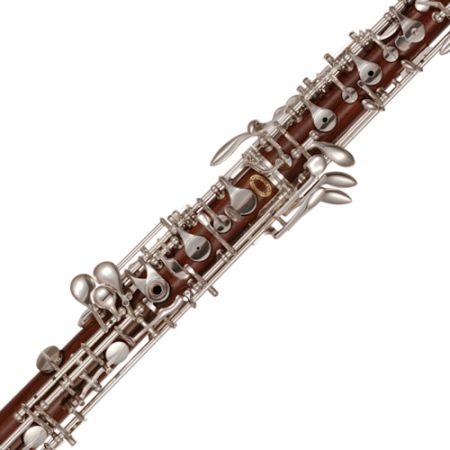
The oboe and horns are characterized by a very graceful timbre. This circumstance has long attracted the attention of filmmakers and screenwriters. The oboes perform the main themes in one of the parts of "Star Wars" and in the film "Mission". Such an instrument is often used as a soloist in chamber music, both in brass and symphony orchestras. It is quite possible to use it in the orchestra of folk instruments and even in jazz concerts.
